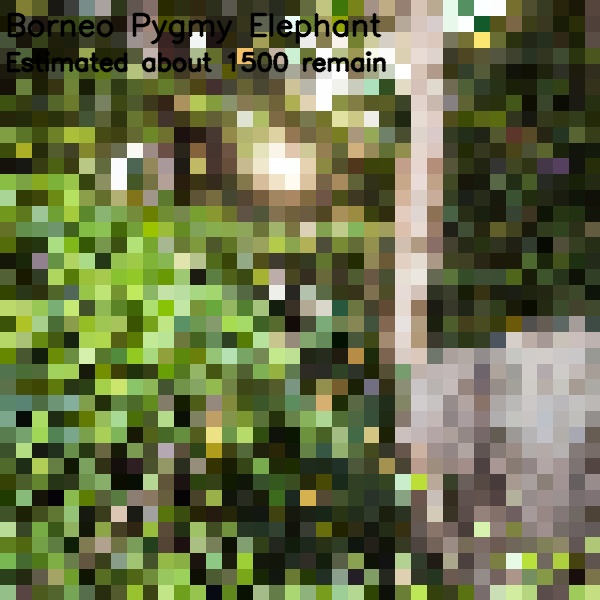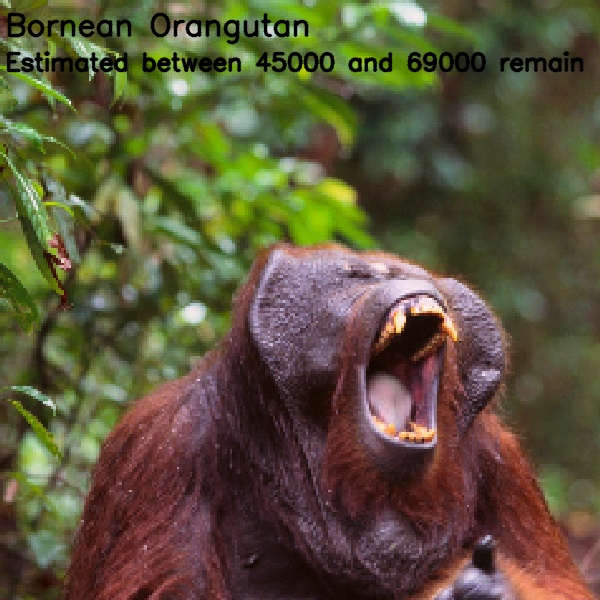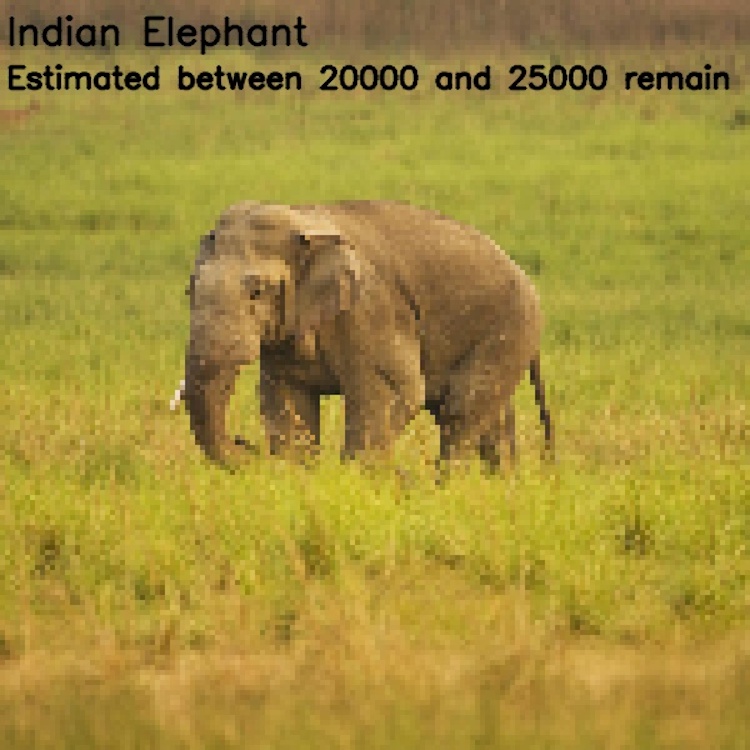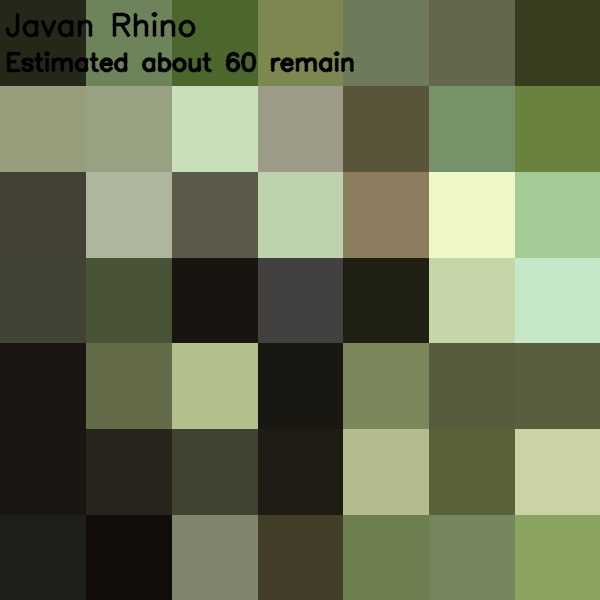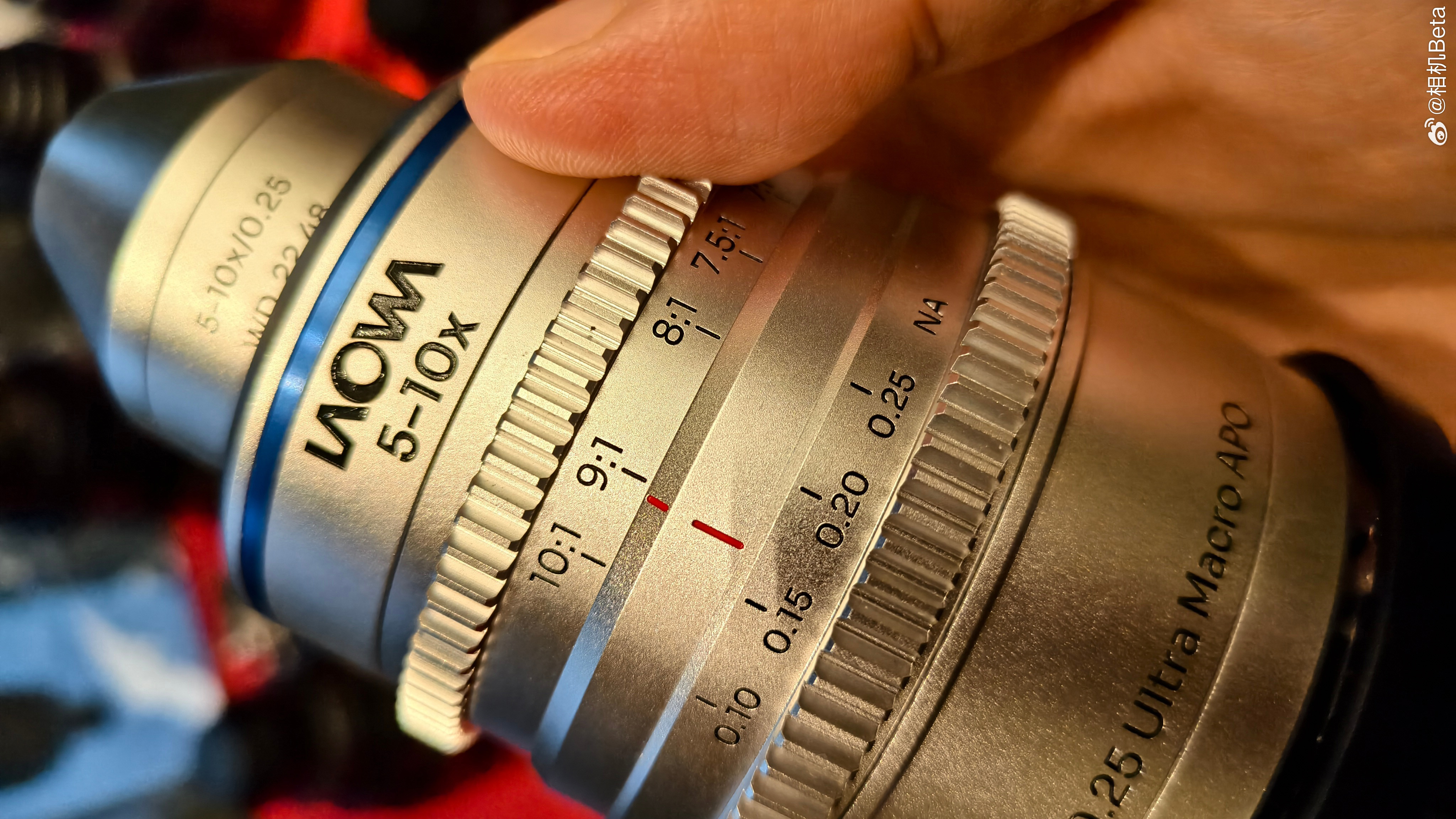Endangered animal populations represented by pixels in shocking series
Josh Smith, a student at the University of Maryland used computer programming to generate the images
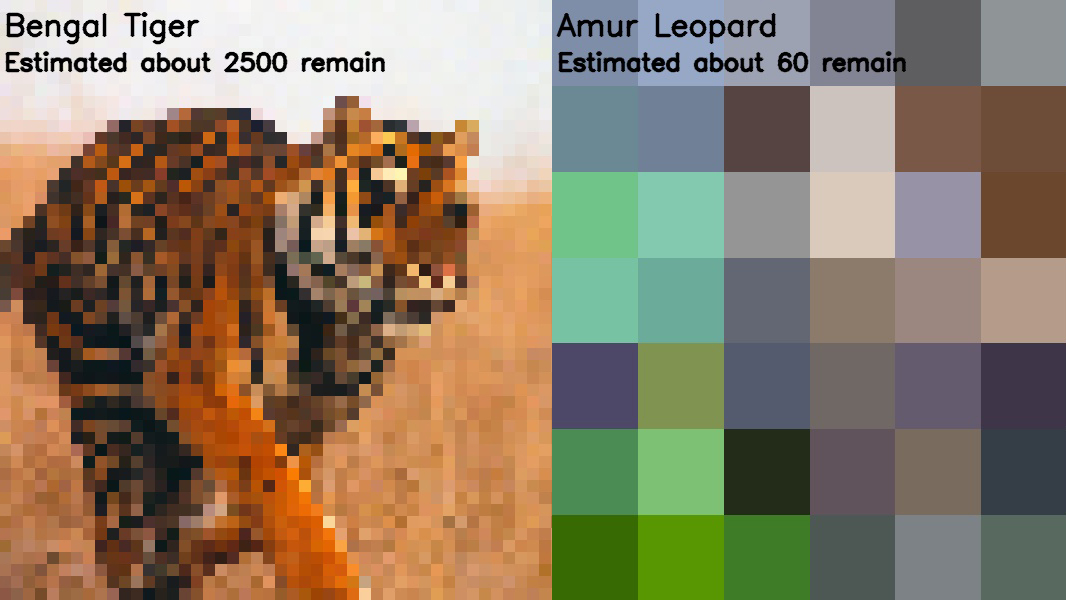
A student from the University of Maryland has created a series of images inspired by the 2008 WWF project Population by Pixel. Josh Smith who goes by the name JJSmooth44 on Imgur created the series depicting endangered animals using only the number of pixels equivalent to the animals left remaining.
The series originally went viral on Imgur and has since been posted back in September 2019 but has since regained traction. It’s been viewed more than 140,000 times and received over 400 comments, many of which are in full support of this shocking visualization of animal populations. As sobering as this project is, it shows how important animal conservation is and which animal populations have dropped so significantly they’re on the brink of extinction.
• Check out the best cameras for wildlife photography so you can capture animals in their own habitats without disturbing them
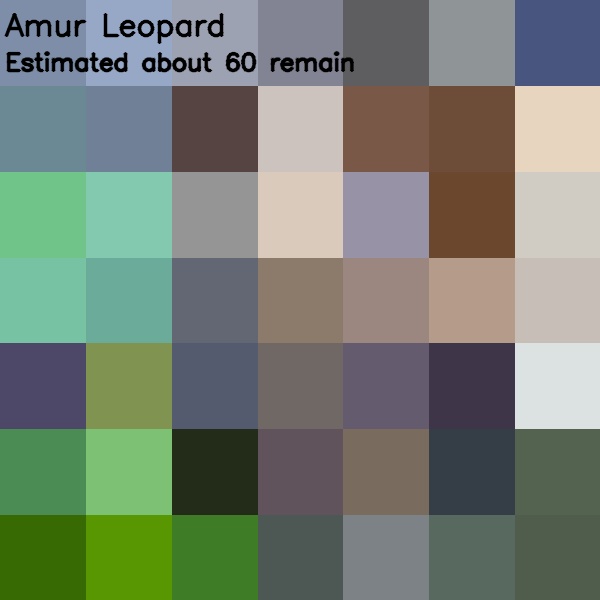
Species such as the Amur Leopard and the Javan Rhino, have so few left in the wild that each pixel is so large, the images appear as blocks of color rather than a distinguishable image. Although it’s said that just 60 of each is left in the wild, the creator actually used 49 pixels to create both images.
To show the comparison between healthy animal populations, concerning animal populations and those that are in crisis, Smith also included depictions of the Borneon Orangutan population (around 45,000 - 69,000 remainings), Indian elephants (20,000 - 25,000 remaining) and Bengal tigers (around 2,500 remaining). While it’s easy to make out the orangutangs and elephant, the tiger photo is only recognizable through its distinct coloring and pattern.
Had humans been included in the series, the image would’ve needed an enormous 8 billion pixels making it one extremely high res image (if it had been created). Not only would you have been able to make out the subject in extreme detail but you probably could’ve zoomed in to see individual pores – a stark contrast from the blocks of colors that appeared in some of the most endangered animal photos.
Smith admits the images are computer-generated and in fact, he created them using computer programming (it doesn’t say whether he had help from AI). While he didn’t take the photos or even come up with the concept, he added fresh fire to a concept that shocked people in 2008 and still shocks people today.
The best camera deals, reviews, product advice, and unmissable photography news, direct to your inbox!

Having studied Journalism and Public Relations at the University of the West of England Hannah developed a love for photography through a module on photojournalism. She specializes in Portrait, Fashion and lifestyle photography but has more recently branched out in the world of stylized product photography. Hannah spent three years working at Wex Photo Video as a Senior Sales Assistant, using her experience and knowledge of cameras to help people buy the equipment that is right for them. With eight years experience working with studio lighting, Hannah has run many successful workshops teaching people how to use different lighting setups.
